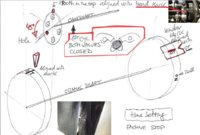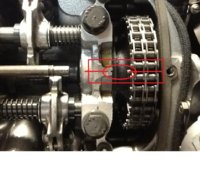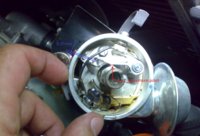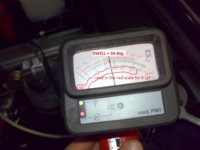"So I guess there are two kind of members watching you, the once with comparable skills not learning anything new hear, and the once with my technical skills, having know idea what is going on and can only dream of once understanding this. Neither are really in a position to write comments. "
"
There is another type of member as well, guys like me who think they know what they're doing and are afraid to watch De Q's videos because it will show us how little we actually do know and now we have to go back and do everything again. There Philippe, so now I am in a position to comment
There is another type of member as well, guys like me who think they know what they're doing and are afraid to watch De Q's videos because it will show us how little we actually do know and now we have to go back and do everything again. There Philippe, so now I am in a position to comment






